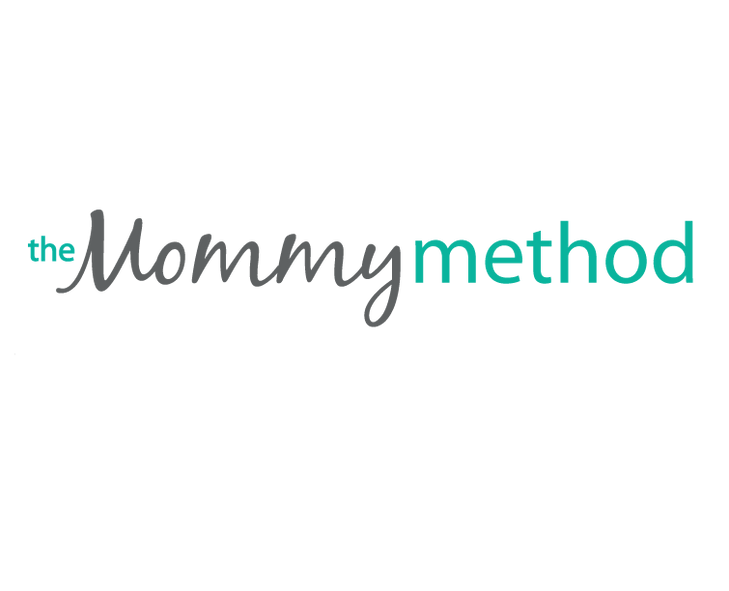Your Placenta: The Secret to a Faster Postpartum Recovery
- Brittany Hurd
- Aug 22, 2016
- 4 min read
Today I am giving you an unbiased look at placenta encapsulation and consumption!
What is a placenta? Why would on earth would a person choose to eat one? And what are the possible benefits? If I had a list of all the things I would never do, I’m sure eating my placenta (an organ that grows alongside your baby) would be near the top of that list. Although it may sound gross now, ingesting your own placenta may not be as bad as you think. As a fellow mom, and someone who does not market and sell placenta encapsulation services, I promise to give you my unbiased opinion.

What exactly is a placenta? The placenta is a flat, circular organ (that looks like a large piece of meat) that allows for the exchange of nutrients, blood, oxygen and waste between a mother and her unborn baby. Basically, placentas are vital to the development and growth of your baby. They are a big part of maintaining and sustaining the pregnancy. Placentas are consumed by nearly every other mammal mother, but what about us human mothers? Human Placentophagy Human Placentophagy is the consumption of the placenta. It is usually done during postpartum, most commonly dried and in capsule form, but also raw (added to smoothies,) cooked for meals, or made into a tincture (an alcohol based supplement; drops are used when the need arises.) So why would anyone eat their placenta? To some the placenta is seen as a sacred and important organ, too sacred to be thrown away. If you were to see it, you would notice that it’s marked by the beautiful design of a tree, representing growth, new life and the tree of life. Eating the placenta may also be a cultural tradition or ritual. Many others believe that the placenta provides numerous benefits, aiding the mom and baby’s transition into motherhood. The Possible Benefits Just as a disclaimer up front, The American Pregnancy Association has indicated that, “The few scientific Studies conducted on placental encapsulation have not conclusively supported the effects of this practice, nor have they completely dispelled the possibility of benefits from ingesting the placenta.”
The Placenta is composed of beneficial hormones, chemicals, iron, and proteins. Including estrogen, progesterone, testosterone, prolactin, oxytocin, thryroid stimulating hormones, and so much more! Research suggests the following possible benefits:
Increased energy.
Promotes lactation, increases milk supply.
Stabilizes postpartum mood, decreases depression.
Supports recovery from stressful events.
Regulates post-birth uterine cramping.
Helps the uterus return to its pre-pregnancy size.
Reduces postpartum bleeding.
Decreases pain, increases well-being.
Regulates thyroid gland.
Reduces inflammation and swelling.
Helps the body fight infection.
Replenishes the mother’s iron stores.
Normalizes and stimulates libido.
Possible benefits are exactly that: possible benefits. From my birth professional experience I have seen and heard both sides. Some mothers do not notice enough of a difference. Some mothers experience negative effects--often polar opposites from the benefits listed above. Examples of negative effects would be noticing a decrease in milk production or increased mood irregularities like heightened depression and anxiety. However, most mothers who choose to encapsulate report a remarkable difference in their recovery and well-being! I suppose it is one of those things you have to try for yourself to see if it is right for you! There is always the option to lower your dose or discontinue use if needed. If you are unsure that you will want your placenta encapsulated, you can always request to have your placenta bagged so you can keep it in the freezer at home in case you need it at a later date. Make sure you specifically let your care provider know that you would like to keep your placenta. In some states you have full rights to your placenta, and others it's a huge legal battle to bring yours home. Check and see what the regulations are in your state. What about Placenta Encapsulation services? The custom of consuming the placenta is centuries old. It is a controversial tradition that is quickly gaining popularity in the United States. We often hear about the celebrities who eat their placenta. I can only speak for myself, but placenta encapsulation (ingesting dried placenta powder in capsules) is a more palatable way to go! It might be the right option for you as well. A placenta encapsulation specialist will clean, prepare, dry, grind, and encapsulate your placenta for you. Many will pick up and deliver your finished product. I recommend finding someone who is certified and properly trained, follows OSHA standards for safety and knows how to handle, transport and sanitize. Average cost for services ranges from $100-300 dollars. Your end result is a unique, medicinal supplement that your body created to help you recover from childbirth and transition into motherhood. So much more than capsules! In addition to placenta capsules, many services include tinctures, placenta prints (your placenta’s design on paper, healing salves made with placenta powder (many cosmetics are made with sheep placenta) and umbilical cord keepsakes. Some placenta encapsulation specialists can incorporate your placenta powder into chocolate truffles! I searched far and wide and found someone who would make me truffles. If I had the chance to do it all over again, I think I would have requested my entire placenta to be made into delectable, melt in your mouth, pieces of heaven! My Unbiased Opinion I promised you my unbiased opinion. For more information on my personal experience, check out my website for all the details. What you may be Wondering about Placenta Consumption






Comments